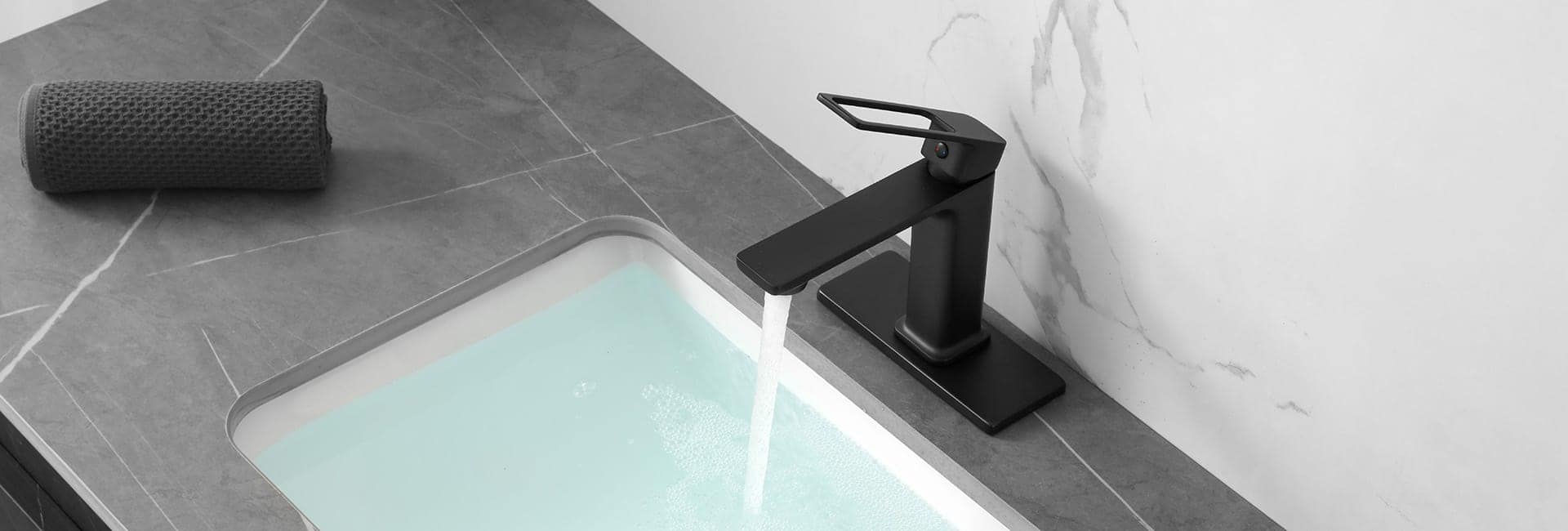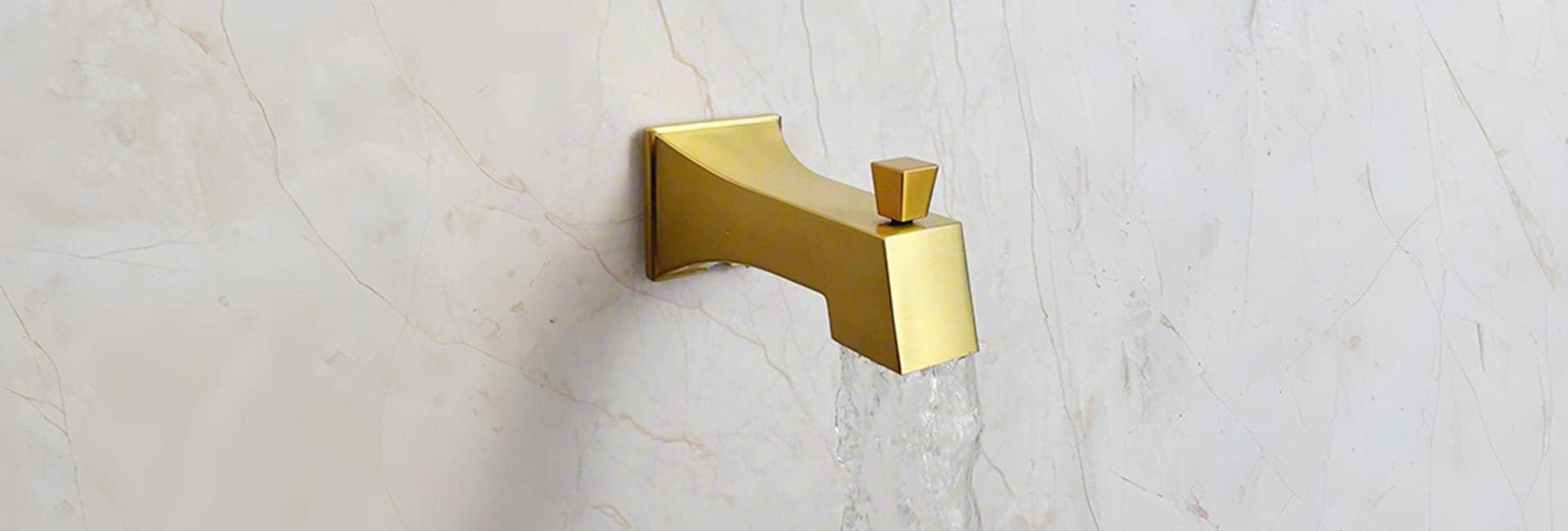Let’s be honest—everyone hates a leaky faucet. That persistent drip… drip… drip… is annoying, wastes water, and usually means a quick trip to the hardware store.
But here’s the crucial truth: if you are a developer, contractor, property manager, or even a meticulous homeowner, a leaky faucet is not just a nuisance; it is a measurable business and financial risk.
That’s why we’re diving deep into the engineering behind the leak-proof faucet—moving beyond vague quality claims to show you exactly how top-tier faucets are designed, tested, and certified to protect your projects and your peace of mind.
The High Cost of Inaction: Elevating Leaks from Nuisance to Financial Risk
You might think a slow drip isn’t a big deal, but let’s look at the numbers and the risk exposure:
- Quantifiable Water Waste: According to the Environmental Protection Agency (EPA), a faucet dripping one drop per second can waste up to 3 gallons per day—over 1,000 gallons annually».
- Catastrophic Damage: Slow leaks lead to wood rot, rust, corrosion, and mold», which cost far more to fix than the faucet itself and harm indoor air quality.
- Commercial Risk: In commercial projects, leaks cause billions in damages each year and are now a more common major loss than fire.
- Insurance & Liability: Standard Builder’s Risk policies often exclude gradual leaks, making leak-proof fixtures essential for risk mitigation and insurance access.
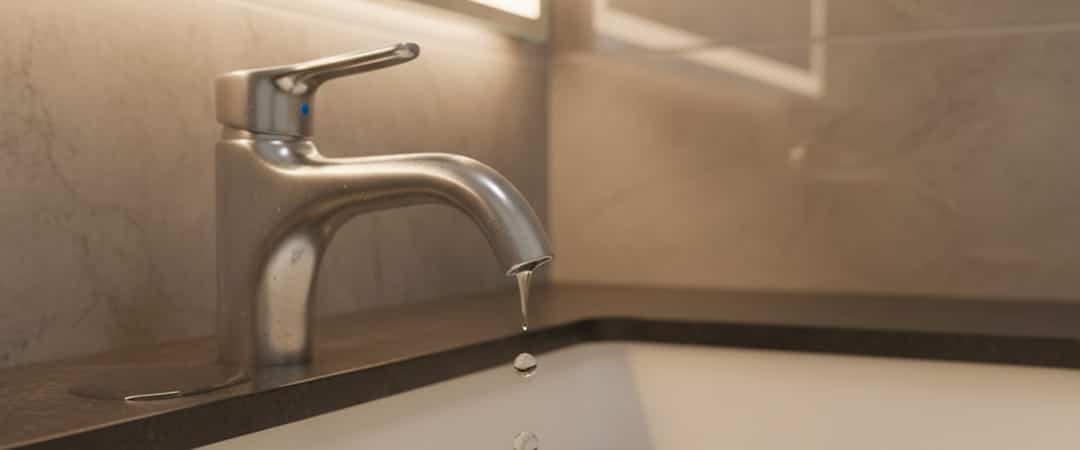
The Core of Reliability—The Advanced Sealing Ecosystem
To guarantee a long, leak-free life, modern faucets cannot rely on one simple seal. They must function as an integrated sealing system designed to manage both static (still) and dynamic (moving) pressures.
The Cartridge: The Core of Flow Control
The cartridge is the heart of the faucet and its most complex and critical sealing point. In a modern ceramic cartridge, sealing occurs at multiple interfaces:
- Ceramic Disc Interface: Two polished ceramic discs form the main seal. Rotating one aligns the apertures to control water flow.
- Cartridge-to-Body Seal: O-rings or gaskets seal the cartridge to the faucet body, preventing water from bypassing the mechanism.
- Stem Seal: Small O-rings or packing seals close the gap between the stem and cartridge cover, stopping leaks under the handle.
Faucet Body to Spout Interface: Dynamic Rotational Sealing
For swiveling spouts like kitchen faucets, the body-to-spout connection must rotate smoothly, resist water pressure, and prevent leaks.
- This seal is typically achieved by two or more O-rings installed in grooves on the faucet body or the base of the spout. As the spout rotates, these O-rings slide against the stationary surface of the body, continuously maintaining the seal.
- To reduce rotational friction, extend the life of the O-rings, and enhance the seal, this area is often lubricated with a specialized waterproof silicone grease.
Waterway Connection Points
- Supply Hose Connections: The threaded ports where hot and cold water hoses connect to the faucet body are sealed with rubber washers or O-rings, ensuring leak-free entry of high-pressure water into the valve body.
- Faucet Base to Sink/Countertop: When mounted on a sink or countertop, the faucet base is sealed with a rubber gasket or plumber’s putty. Although not under internal water pressure, this prevents water from seeping under the countertop, protecting cabinets from mold and damage.
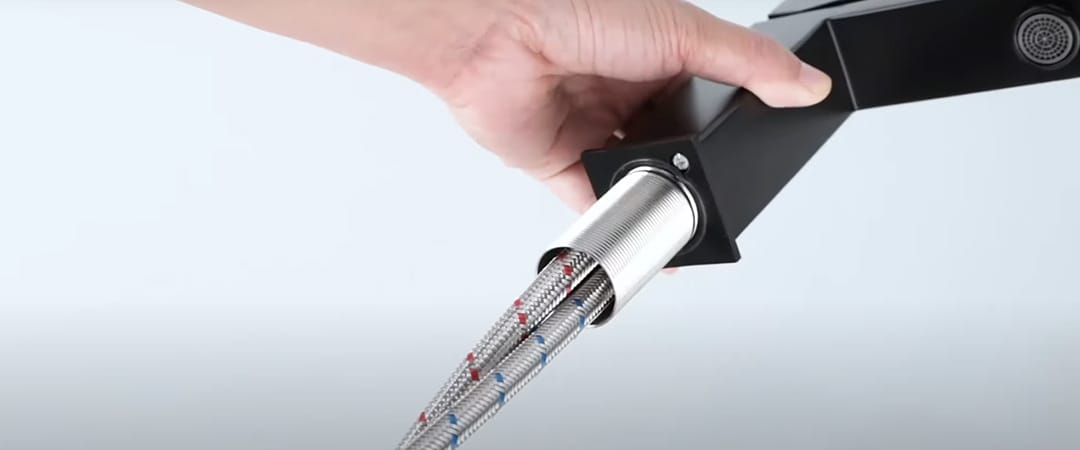
Auxiliary Sealing Points
- Aerator/Spout Tip: The aerator screws onto the spout and seals with a flat washer or O-ring.
- Side Sprayers and Pull-Out Hoses: Connections between the hose, main body, and spray head must withstand frequent movement, flexing, and tension, requiring durable, reliable seals.
Material Science: The Dual Mandate of Performance and Health
When selecting a faucet, look past the chrome finish and focus on the materials used internally. This is where long-term performance and public health intersect.
Ceramic Cartridges: Engineered for a Lifetime of Use
The ceramic cartridge» is the technological cornerstone of modern high-quality faucets, and its superior performance stems from its unique working principle and material properties.
- Working Principle: Inside the cartridge, two ultra-hard ceramic discs (usually aluminum oxide) slide against each other—one stationary, one rotating with the handle. Adjusting their alignment controls on/off, flow rate, and hot/cold mix. Their near-perfect flat surfaces form a waterproof seal without rubber washers.
- Inherent Advantages:
- Extreme Durability: Ceramic’s hardness resists scratches, abrasion, and mineral scaling from hard water.
- Ultra-Long Lifespan: Designed for 20–30 years, surviving over 1.5 million on/off cycles, far exceeding traditional faucets.
- Smooth Operation: Low-friction sliding ensures a consistently light, smooth handle feel over time.
Elastomeric Seals (O-Rings and Gaskets): The Unsung Heroes
In a faucet’s sealing system, rubber seals play a critical role. Choosing the right elastomer is a key engineering decision. The following compares the primary materials.
- Silicone Rubber (VMQ): Excellent temperature (-60°C to 200°C), ozone, and UV resistance. Poor abrasion resistance and incompatible with petroleum-based lubricants; mainly used for static seals with temperature variations.
- Nitrile Rubber (NBR): Good resistance to oils and abrasion. Poor ozone/UV/weather resistance and limited performance in hot water/steam, unsuitable for long-term potable water use.
- EPDM: Ideal for potable water. Resistant to water, steam, ozone, sunlight, and disinfectants; wide temperature range (-50°C to 150°C) and safe for taste/odor.
- PTFE (Teflon®): High-performance polymer with wide temperature range, chemical resistance, and low friction. Not elastic like rubber, often used for valve seats, thread seals, or additives in O-rings.
Professional Benchmarks—Validating Reliability Through Testing
Turning advanced designs and materials into reliable faucets requires rigorous quality assurance and standardized testing to verify leak-proof performance.
The Cornerstone of Quality: Industry Standard Compliance
- ASME A112.18.1 / CSA B125.1: The foundational North American standard for faucet design, materials, performance, and testing. Compliance is required for market entry and ensures basic safety.
- NSF/ANSI 61: Ensures faucet materials do not leach harmful contaminants, especially lead, into drinking water through strict testing.
Leak Tightness and Pressure Testing: The Front Line of QA
- Pressure Decay Leak Testing: Faucets are pressurized with air (e.g., 45 psig / 3.1 bar) and monitored for pressure drops. Any drop indicates a leak, verifying static seal integrity quickly and non-destructively.
- Hydrostatic Pressure Testing: Faucets endure water pressure far above normal household levels to ensure no leaks under extreme conditions.
- Burst Pressure Testing (ASME A112.18.1 §5.3.2): Sample faucets are pressurized until failure. Faucets must withstand 500 psi (≈34.5 bar) for one minute, proving structural strength.
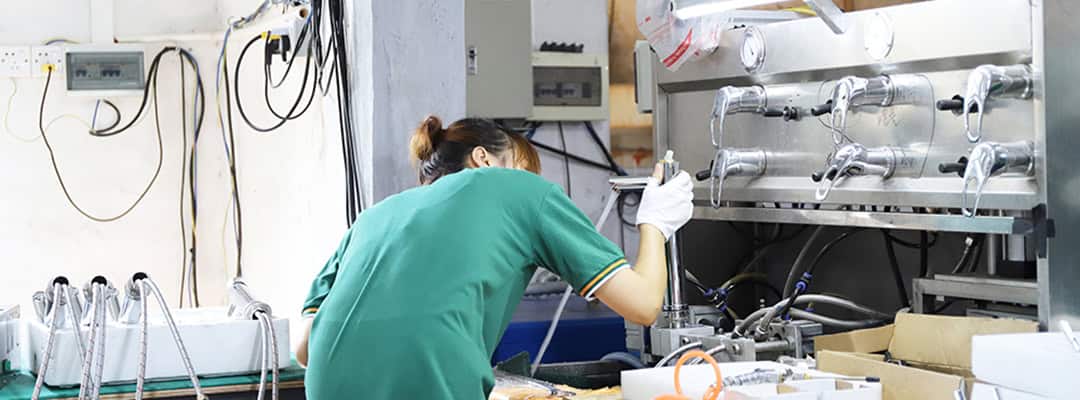
Mechanical Durability (Lifecycle) Testing: Simulating a Lifetime of Use
- ASME A112.18.1 §5.6: Single-handle faucet cartridges must complete 500,000 on/off cycles with alternating hot (66 ± 6°C) and cold (10 ± 6°C) water under pressure. This simulates decades of heavy use and proves the durability of the ceramic discs, stem seals, and overall cartridge design.
Thermal Cycling and Thermal Shock Testing
- Faucets undergo rapid temperature cycling (e.g., 10°C cold to 66°C hot) to simulate daily thermal stress. This verifies that components with different thermal expansion rates, like metal bodies and plastic cartridges, won’t loosen, crack, or fail at seals over time.
Conclusion: The Ultimate Value Proposition
Modern faucet anti-leak performance relies on an integrated system—from design and material selection to strict manufacturing tests—ensuring reliable quality from factory to end-user.
- For Wholesalers: Reliable faucets reduce returns and warranty claims, lower service costs, and build a reputation for quality that boosts profitability.
- For Contractors/Developers: Anti-leak faucets minimize rework, reduce liability, and enhance project quality and value.
- For End-Users: Durable, leak-free faucets provide long-term peace of mind, protect property, and ensure a safe, reliable experience.
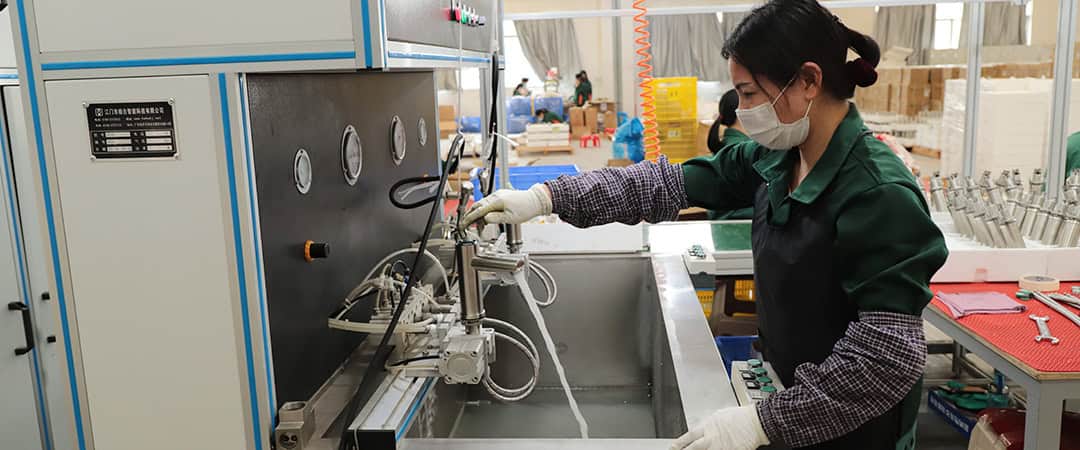
FAQs
About Luxuryhome
Luxuryhome is not just a faucet manufacturer or wholesaler, but more like a partner who can provide you with more added value.
We are united in our determination to produce China-made bath and kitchen fixtures adhering to the highest ethical principles. You have our promise!
More post you may interested in
